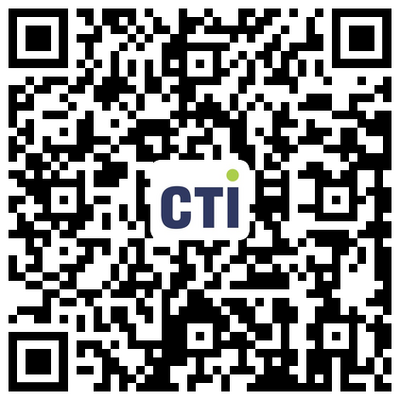-
 Overview
Overview
Centre Testing International Group Co., Ltd. (CTI) is a market leader in testing, inspection, certification, calibration, audit, training & technical services; building trust between governments, enterprises, and consumers.
-
 Sustainability
Sustainability
By building a full value chain ESG governance system covering the strategic decision-making level, management execution level and business operation level, it actively practices penetrating management of ESG risk and opportunities, empowering sustainable development across the industry chain.
-
 Our service
Our serviceCentre Testing International Co., Ltd. (CTI) is the pioneer and leader in the TIC Industry which provides one-stop solutions on testing, inspection, certification, calibration, audit, training & technical services.
-
By Industry
Our service capabilties cover the upstream and downstream of the supply chain including textile and apparel,toys,electronic appliances,medical health,food...andother industries.
-
 Environment
Environment
-
 Raw Material & Fuel Chemicals
Raw Material & Fuel Chemicals
-
 Textiles, Apparel, Footwear & Accessories
Textiles, Apparel, Footwear & Accessories
-
 Food & Agricultural Products
Food & Agricultural Products
-
 Cosmetics, Personal Care & Household Chemicals
Cosmetics, Personal Care & Household Chemicals
-
 Building Materials&Construction Engineering
Building Materials&Construction Engineering
-
 Electronic & Electrical Appliances
Electronic & Electrical Appliances
-
 Toys, Furniture & Home Decoration
Toys, Furniture & Home Decoration
-
 Industrial Equipment & Manufacturing
Industrial Equipment & Manufacturing
-
 Rail & Aviation
Rail & Aviation
-
 Automotive & Spare Parts
Automotive & Spare Parts
-
 Pharma and Medical Services
Pharma and Medical Services
-
 Maritime Vessel Compliance Testing
Maritime Vessel Compliance Testing
 By Industry
By IndustryOur service capabilties cover the upstream and downstream of the supply chain including textile and apparel,toys,electronic appliances,medical health,food...andother industries.
-
-
 Specialty
SpecialtyComprehensively guarantee quality and safety, promote compliance and innovation, demonstrate brand competitiveness, and achieve higher quality, healthier, safer, and greener sustainable development.
-
 Management
ManagementWe have established a clear governance structure in accordance with listing requirements and national regulations and policies to deal with internal and external challenges and achieve sustainable development.
-
 Information DisclosureWe are committed to establishing normal and effective two-way communication with shareholders and investors. We have established a complete information disclosure mechanism to convey information to shareholders in a timely manner.
Information DisclosureWe are committed to establishing normal and effective two-way communication with shareholders and investors. We have established a complete information disclosure mechanism to convey information to shareholders in a timely manner.
-
 Talents Policy
Talents PolicyEnsuring the basic rights and benefits of employees;
Providing professional skills training to promote employees’ growth;
Carrying out various kinds of activities to balance employees’ work and life.
-
 RecruitmentWelcome to join CTI family! We are providing a platform for you to show your talents and achieve your career aspiration.
RecruitmentWelcome to join CTI family! We are providing a platform for you to show your talents and achieve your career aspiration.
The final rule under the TSCA describes the control requirements for products to enter the United States. Enterprises should understand the control requirements of the regulations as soon as possible, and determine the conformity of products through testing or supply chain verification. CTI provides targeted service solutions to assist enterprises to respond timely to regulatory requirements, reduce your export risks, help your products achieve full compliance, and win the US market.

◉ Business Challenges
What is the scope of TSCA controlled products?
What are the impacts of TSCA 5 PBT substances on electronic and electrical products?
How to deal with substances that have completed the final risk evaluation?
◉ Service Background
TSCA(Toxic Substances Control Act)was imposed by Congress in 1976, and the first major reform took place in 2016. The bill aims to prevent "unreasonable risks" to human health and the environment by taking into account the environmental, economic and social impacts of chemicals circulating in the United States.
The Hazardous Substances Final Rule is based on the requirements of TSCA Part 6 and requires EPA to take rapid regulatory actions to control persistent, bioaccumulative and toxic (PBT) chemical substances. The final rule must be issued within 18 months of the proposed rule, prohibiting or restricting the production, processing and distribution of hazardous substances. Currently, the U.S. Environmental Protection Agency (EPA) has issued final rules for the control of hazardous substances to control 5 PBT substances, as well as 33 substances for risk evaluation, of which 10 substances have completed the final risk evaluation.
◉ Service Content
Scope
Electrical and electronic equipment and related raw material.
Various types of products and raw materials.
Test item
TSCA 5 PBT substances:
|
Substance Name |
CAS Number |
Limit |
|
Decabromodiphenyl Ether(DecaBDE) |
1163-19-5 |
Prohibited |
|
Phenol, isopropylated phosphate (3:1) (PIP (3:1)) |
68937-41-7 |
Prohibited |
|
2,4,6-Tris(tert-butyl)phenol (2,4,6-TTBP) |
732-26-3 |
0.3wt% |
|
Hexachlorobutadiene (HCBD) |
87-68-3 |
Prohibited |
|
Pentachlorothiophenol (PCTP) |
133-49-3 |
1wt% |
TSCA 10 substances that have completed the final risk evaluation:
|
Substance Name |
Substance classification |
CAS Number |
Process (risk management ) |
|
N/A |
1332-21-4 |
The final risk evaluation was completed in December 2020 |
|
|
1-Bromopropane |
solvent |
106-94-5 |
The final risk evaluation was completed in August 2020 |
|
1,4-Dioxane |
solvent |
123-91-1 |
The final risk evaluation was completed in December 2020 |
|
Carbon tetrachloride |
solvent |
56-23-5 |
The final risk evaluation was completed in October 2020 |
|
dyestuff |
81-33-4 |
The final risk assessment was completed in January 2020 |
|
|
Cyclic aliphatic bromide cluster (HBCD) |
fire retardant |
25637-99-4; 3194-55-6; 3194-57-8 |
The final risk evaluation was completed in September 2020 |
|
Methylene chloride |
solvent |
75-09-2 |
The final risk evaluation was completed in June 2020 |
|
n-methylpyrrolidone (NMP) |
solvent |
872-50-4 |
The final risk evaluation was completed in December 2020 |
|
Perchloroethylene |
solvent |
127-18-4 |
The final risk evaluation was completed in December 2020 |
|
Trichloroethylene (TCE) |
solvent |
79-01-6 |
The final risk evaluation was completed in November 2020 |
◉ Solutions
TSCA testing
Regulation learning, Enterprise corresponding training and advisory services.
◉ Our Strengths
CTI operates state-of-the-art laboratories accredited by CMA/CNAS/CSPCA ensuring that your test data is accurate and reliable and that the test report has international credibility.
Our laboratory information management system (LIMS) ensures our operational efficiency and streamlined workflows.
Our expert teams have extensive practical experience and can provide professional, rapid and comprehensive consultation and services based on your needs.
Our service network is global and we provide support to many of the largest multinational corporations.
◉ Service Process
Consult customer service → confirm test plan → fill in application form → send samples → pay test fees → test → send reports and invoices
◉ Frequently asked questions
1. How long is the test cycle for TSCA 5 PBT substances and 10 substances that have completed the risk evaluation?
5 working days for a regular (non-express) service.
2. What is the scope of TSCA regulation?
All substances, mixtures and articles put on the U.S. market are within the scope of its control.
3. What is the scope of TSCA controlled products?
Eight categories of products such as tobacco, nuclear materials, munitions, food, food additives, medicines, cosmetics, and pesticides are exempt products, and the rest are within the scope of control, including electronic and electrical products.
4. What is the future trend of TSCA regulation?
For existing chemicals, TSCA requires the EPA to conduct chemical evaluation of substances, and determine that substances are divided into "high-priority" and "low-priority". For "high-priority" substances, the EPA needs to complete the chemical risk evaluation. For substances with serious risks, the EPA must take final risk management measures within two years (extended to four years if necessary). Therefore, the substances controlled by TSCA are gradually increasing. Similar to the EU REACH regulations, companies need to increase their awareness of product risk management, and investigate as soon as possible the substances that have already been controlled and whose risk evaluation have been completed, so as to calmly respond to changes in regulations.


















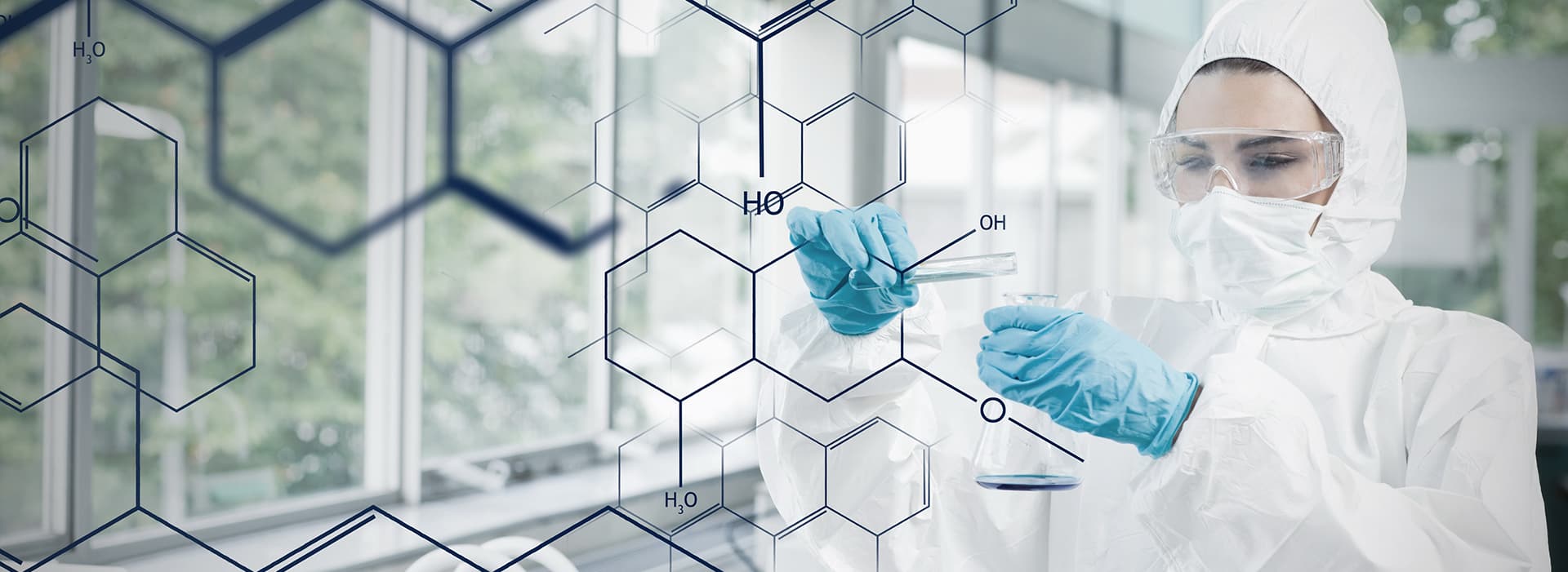









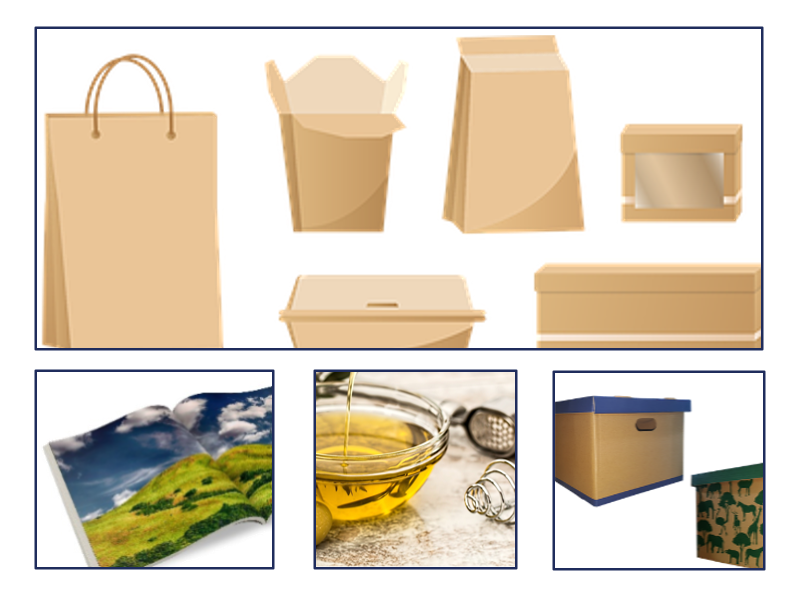




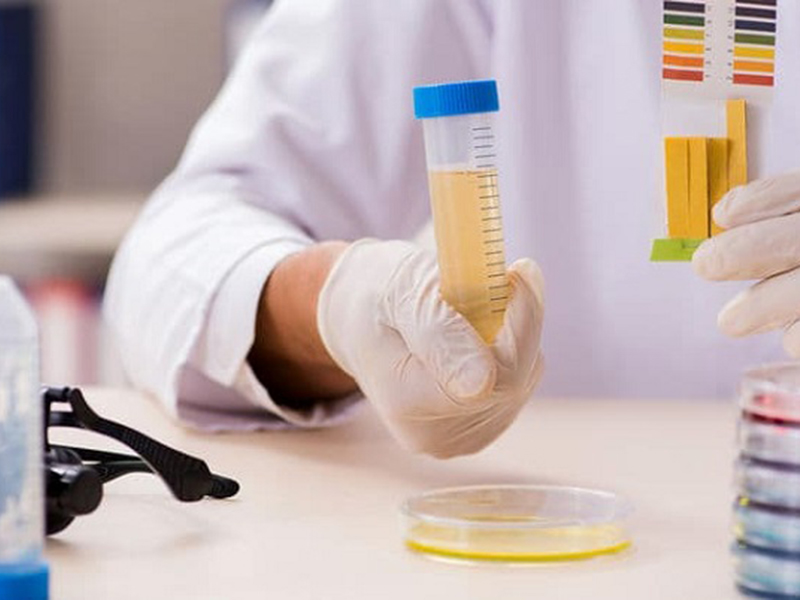
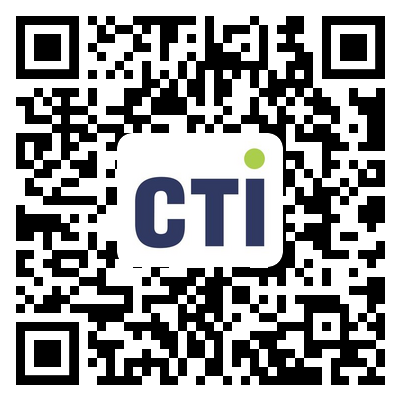
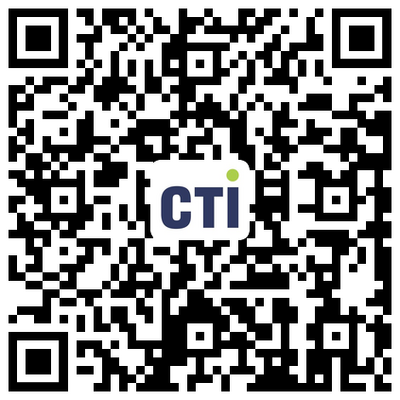
 粤公网安备 44030602000441号
粤公网安备 44030602000441号